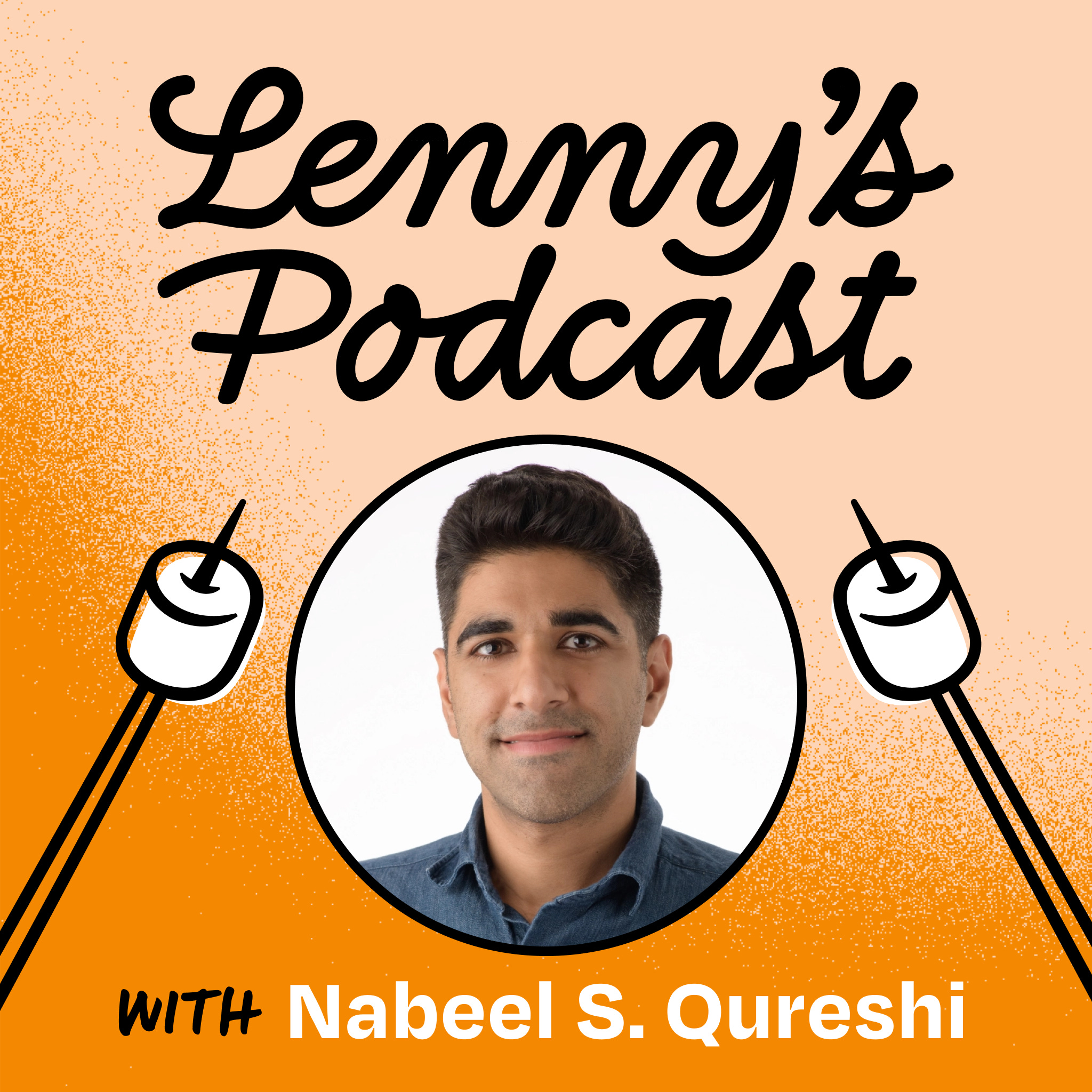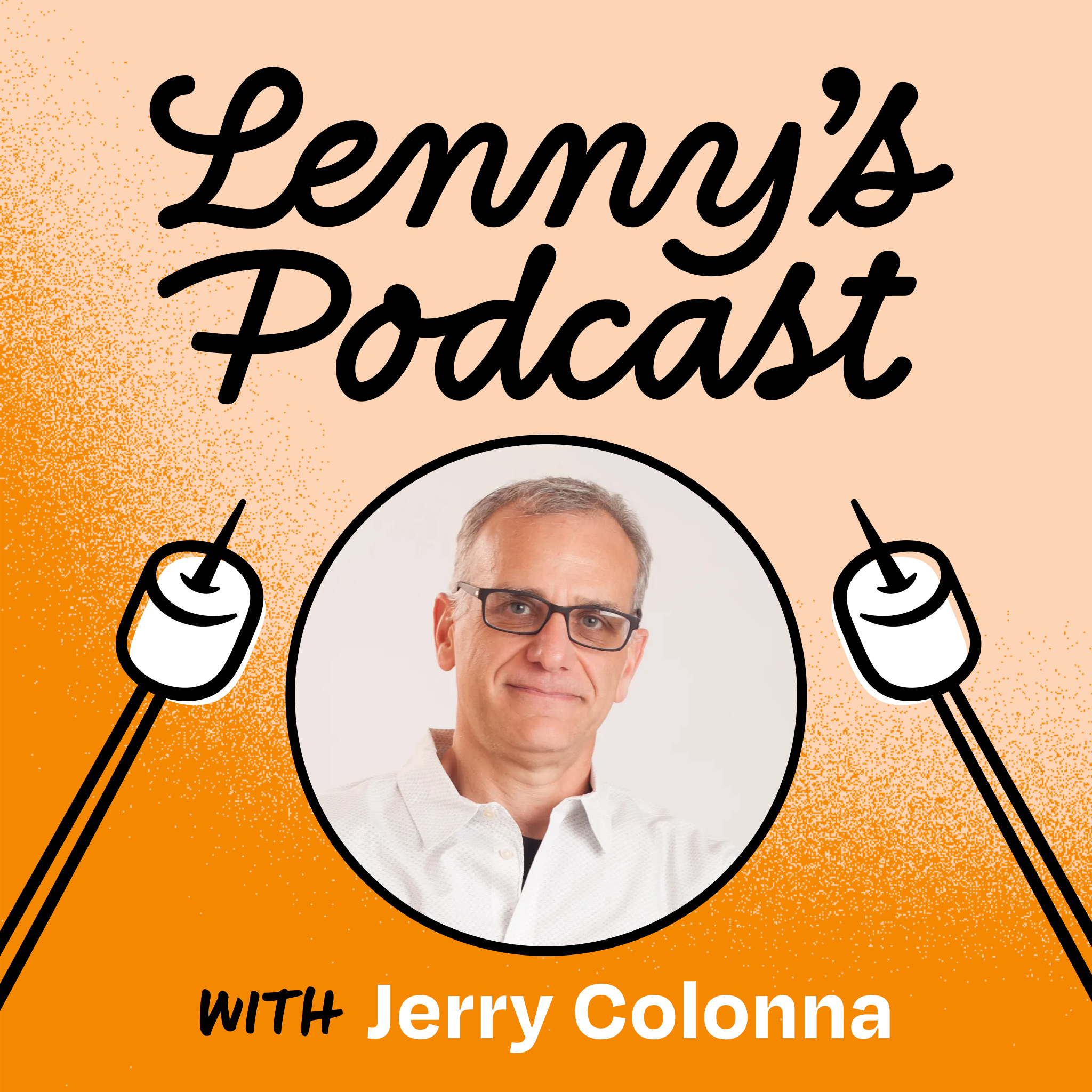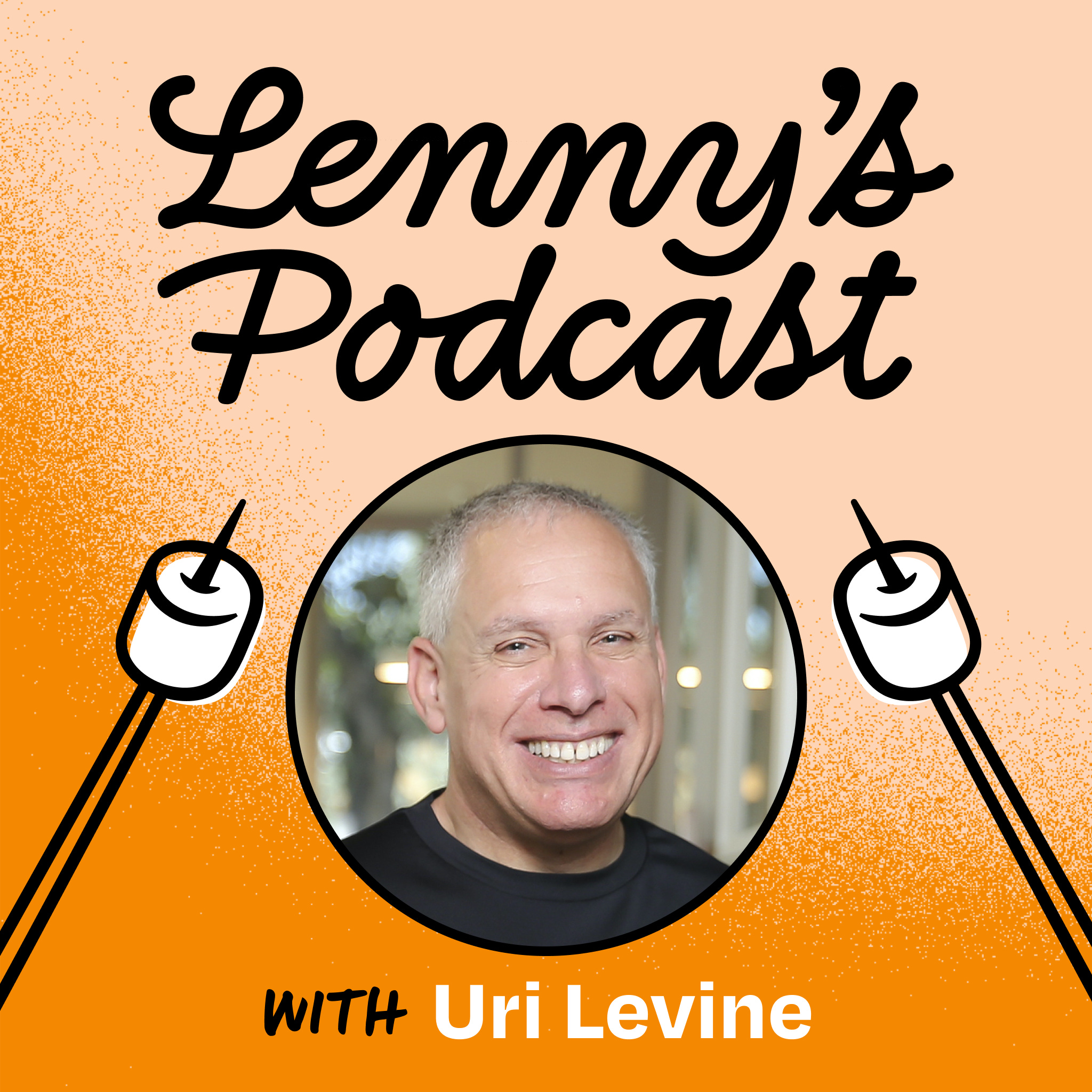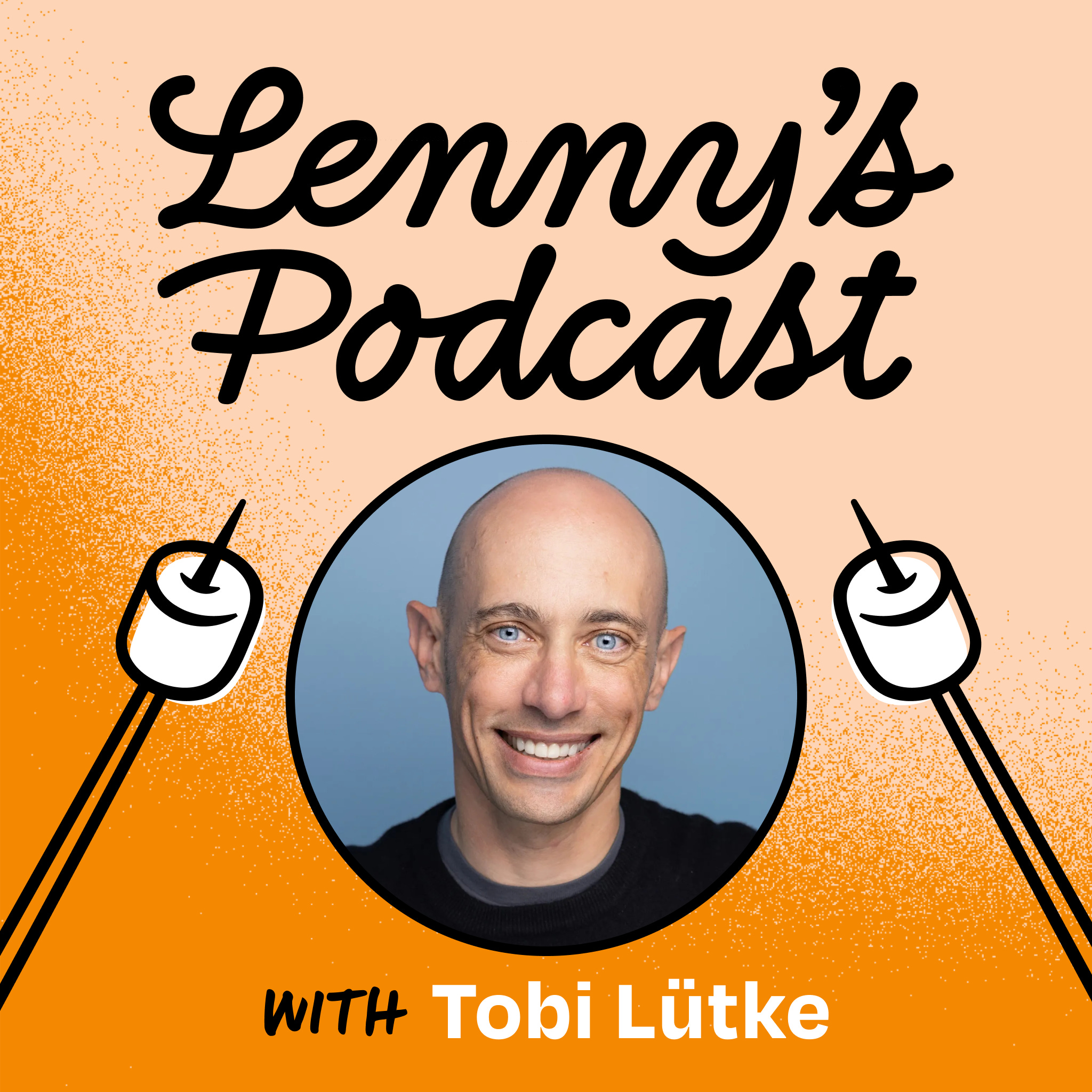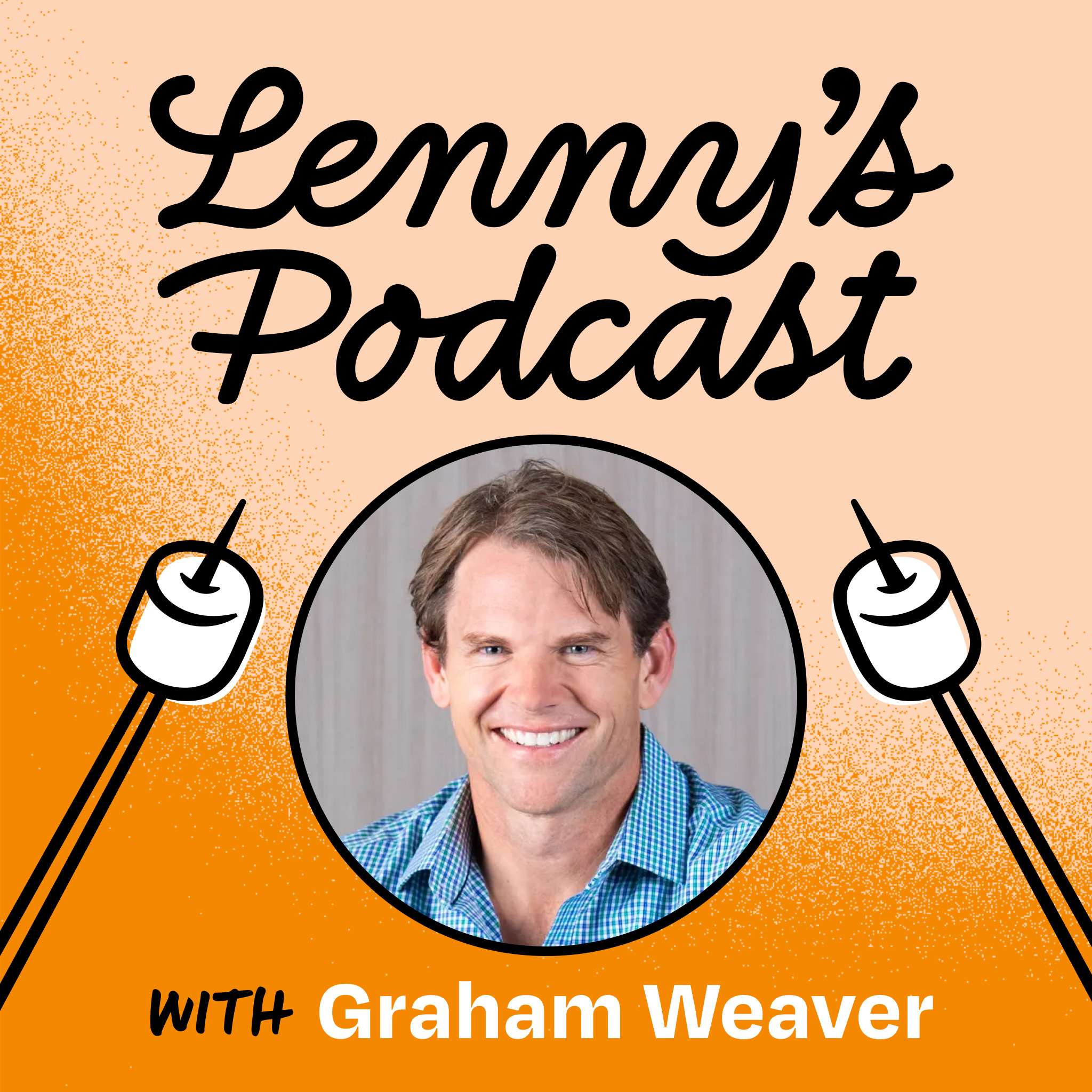
July 21, 2024 • 1hr 24min
What most people miss about marketing | Rory Sutherland (Vice Chairman of Ogilvy UK, author)
Lenny's Podcast: Product | Growth | Career
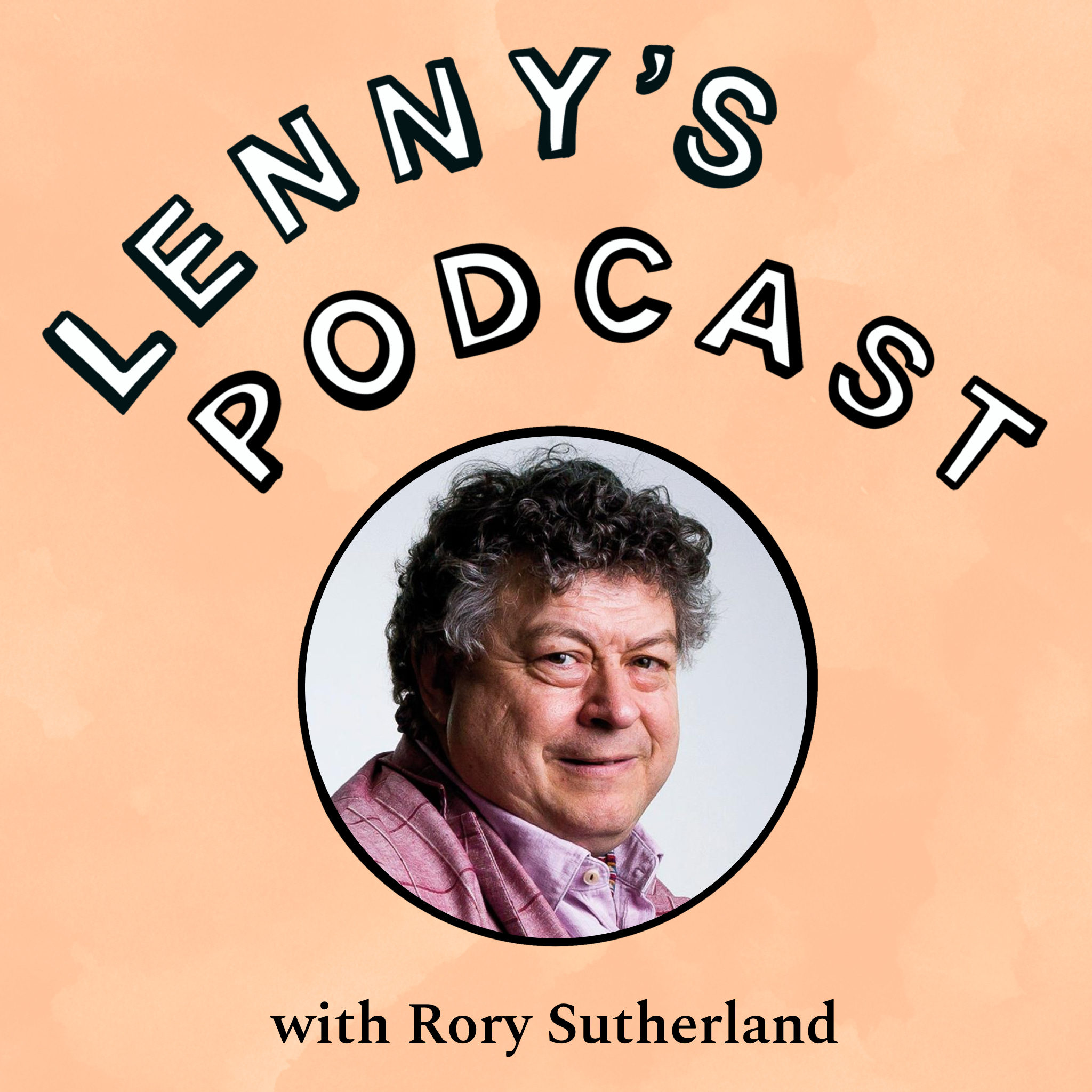
Key Takeaways
- Good products don't always succeed, and bad ones don't necessarily fail. Marketing, timing, and luck play a huge role in product adoption and success.
- Less functionality can sometimes be more valuable. The Walkman succeeded by focusing solely on playback, not recording, to avoid confusion about its purpose.
- Fame is crucial for building successful brands. Being well-known changes the rules of business in non-linear ways that are hard to quantify but extremely valuable.
- The importance of timing in product success. Many great products failed because they were launched too early before consumers were ready.
- The concept of "most advanced, yet acceptable" (MAYA). Consumers are more comfortable with evolution than complete reinvention of products.
- Metrics-driven workplaces can be demotivating. Giving employees more autonomy and focusing on customer satisfaction over efficiency metrics can lead to better outcomes.
- Think "psycho-logically" not just logically. Understanding human psychology is crucial for effective product design and marketing.
Introduction
Rory Sutherland is the vice chairman of Ogilvy UK, author of "Alchemy: The Dark Art and Curious Science of Creating Magic in Brands, Business, and Life", and founder of Nudgestock, the world's largest festival of behavioral science and creativity. In this episode, Rory shares his unique perspective on marketing, product design, and human behavior, encouraging listeners to think beyond pure logic and consider the psychological aspects of decision-making.
Topics Discussed
The Success and Failure of Products (2:37)
Rory begins by emphasizing that good products don't always succeed, and bad ones don't necessarily fail. He uses the example of Facebook's Meta Portal TV, which he considers an excellent product that failed to gain traction:
- The Meta Portal TV was a high-quality video conferencing device for TVs
- Despite positive reviews, it faced skepticism due to privacy concerns about Facebook
- This demonstrates how factors beyond product quality can influence success
"Do not think that good products automatically succeed or that bad ones necessarily fail," Rory advises.
The Urge to Appear Serious in Marketing (4:08)
Rory discusses the importance of not taking marketing too seriously:
- If you can imagine a stand-up comedian doing a routine about your product, you're onto something
- The urge to appear serious can be a disaster in marketing
- Slightly weird or counterintuitive aspects of products can be memorable and valuable
He provides examples like the distinctive yellow label of Veuve Clicquot champagne, which started as a mistake but became a key part of the brand's identity.
The Role of Distinctiveness in Product Design (8:05)
Rory emphasizes the importance of preserving distinctive features in products:
- Jaguar's unique light switch placement
- Rolls-Royce's floor pedal for dipping headlamps
- The DoubleTree hotel's welcome cookie
These distinctive features help products stand out and become memorable to consumers.
The MAYA Principle (12:29)
Rory introduces the concept of "Most Advanced Yet Acceptable" (MAYA):
- Consumers are more comfortable with evolution than complete reinvention
- Products should be innovative but not so radical that they alienate users
- Example: The iPhone was preceded by the iPod, making it more acceptable to consumers
"There is a pace of change which consumers will accept and generally they're more comfortable with evolution than they are with complete reinvention," Rory explains.
How Thinking Irrationally Can Be Advantageous (15:50)
Rory discusses the benefits of occasional irrational thinking:
- In some circumstances, the ability to behave irrationally is highly rational
- Unpredictability can be an advantage in certain situations, like negotiations
- Evolution has given humans a degree of randomness in decision-making
The Fault of Multiple-Choice Tests (17:40)
Rory critiques the limitations of multiple-choice tests and how they poorly reflect real-world decision-making:
- Real-life decisions often don't have a single right answer
- Not all information needed to answer a question is contained within the question
- Some information provided may be irrelevant to the answer
He argues that this approach to testing doesn't prepare people for the complexity of real-world problem-solving.
Companies That Have Successfully Implemented Out-of-the-Box Thinking (21:31)
Rory provides examples of companies that have implemented innovative approaches:
- Octopus Energy: Uses small autonomous teams for greater flexibility
- Shopify: Organizes customer service teams in groups of ten, modeled on sports teams
- AO (Appliances Online): Uses simple, relatable guidelines for customer service like "treat the customer like your grandmother"
These approaches prioritize employee autonomy and human-centric decision-making over rigid metrics.
"Psycho-logical" Thinking (30:31)
Rory introduces the concept of "psycho-logical" thinking:
- Considers the psychological aspects of decision-making
- Accounts for imperfect information, variance in outcomes, and imperfect trust
- More nuanced and sophisticated than traditional economic decision-making models
"There's a different kind of mechanism for logic and decision making within the evolved human brain, which is actually quite a lot more nuanced and more sophisticated than the kind of mechanisms for decision making that economists theorize," Rory explains.
The Hare and the Dog Metaphor (31:45)
Rory uses the metaphor of a hare being chased by a dog to illustrate the importance of unpredictability:
- The hare's erratic movements make it harder for the dog to predict its path
- This randomness is an evolutionary advantage
- In business and negotiation, some unpredictability can be beneficial
Marketing's Crucial Role in Product Adoption (38:51)
Rory emphasizes the often-overlooked importance of marketing in product success:
- Many successful products required extensive marketing efforts to gain adoption
- Examples include electricity, the internet, and smallpox vaccination
- When products succeed, people often forget the role marketing played
"When products succeed, we forget the extent to which marketing was actually instrumental or decisive in their success," Rory points out.
The Quirks of Google Glass (49:21)
Rory discusses the failure of Google Glass and what can be learned from it:
- The product was launched too early and primarily given to developers
- This created a poor user image that didn't appeal to the broader public
- The concept was good, but the marketing and timing were off
Survivorship Bias (55:44)
Rory warns against survivorship bias in product development:
- We tend to only look at successful products and ignore failures
- This can lead to misunderstanding what truly drives product success
- It's important to study both successes and failures to gain a complete picture
Balancing Rational Ideas with Irrational Ideas (56:09)
Rory suggests a two-stage approach to decision-making:
- First, consider the rational, logical approach
- Then, allow time for more creative, "irrational" ideas
- This balance can lead to more innovative solutions
The Rise and Fall of Tech Innovations (1:06:19)
Rory discusses how the perception of new technologies changes over time:
- Early adopters of new tech are often seen as weird or pretentious
- This can create resistance to adoption among the general public
- Example: The current perception of electric car owners as "smug environmental tossers"
He emphasizes the importance of managing these perceptions in marketing new technologies.
Consistency, Distinctiveness, and Clarity (1:09:54)
Rory provides advice for building a strong brand:
- Consistency: Maintain a consistent image and message
- Distinctiveness: Stand out from competitors
- Clarity: Have a clear promise or value proposition
- Fame: Strive to become well-known in your market
"Be consistent, be distinctive and be famous," Rory advises.
Considering Psychological, Technological, and Economic Factors in Parallel (1:21:12)
As a final piece of advice, Rory recommends:
- Consider psychological, technological, and economic factors simultaneously when developing products
- Don't treat these as separate, sequential steps
- The best innovations succeed in all three areas
"Try and do the psychological and the technological and the economic, for that matter... in parallel," Rory suggests.
Conclusion
Rory Sutherland's insights challenge conventional thinking about product development, marketing, and business strategy. By encouraging a more nuanced, psychologically-informed approach, he offers a fresh perspective on how to create successful products and brands. His emphasis on the importance of timing, distinctiveness, and fame provides valuable guidance for entrepreneurs and product managers alike. Ultimately, Rory's message is clear: to succeed in today's market, we must think beyond pure logic and embrace the complexities of human psychology.

